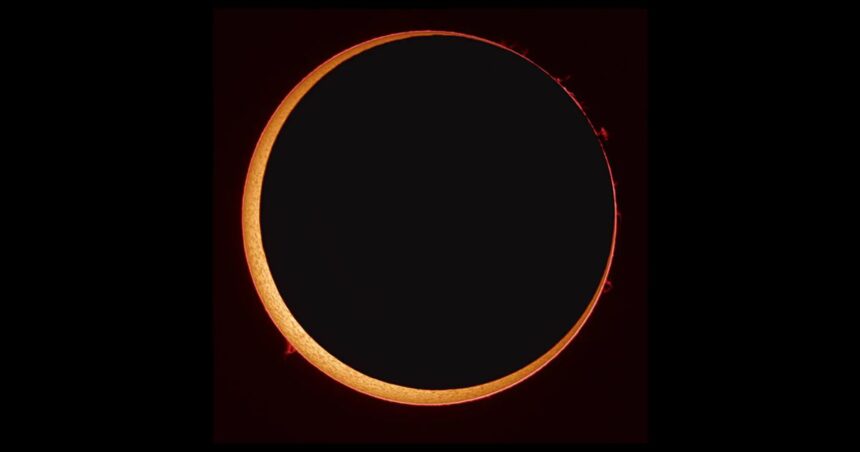Astronomers made a groundbreaking discovery: the oldest known reference to a solar eclipse in a 6,000-year-old Hindu text, the Rig Veda. This ancient text, compiled around 1500 B.C., contains a passage describing the sun as being “pierced” with darkness and gloom, suggesting that evil beings had caused the sun’s “magic arts to vanish.”
The Rig Veda is a collection of hymns and sayings that form one of the oldest known Vedic Sanskrit texts. It provides a fascinating glimpse into the early astronomical observations and beliefs of ancient Indian civilization.
The discovery of this eclipse reference is significant because it offers insights into how early humans understood and recorded celestial events.
Astronomers stumbled upon this reference while combing through the Rig Veda’s verses. The passage describes a total solar eclipse that occurred roughly 6,000 years ago.
This makes it the oldest known depiction of an eclipse, predating other historical records by several millennia. The mention of the eclipse in the Rig Veda highlights the advanced astronomical knowledge of ancient Indian scholars.
The Rig Veda’s eclipse reference is not just a historical curiosity; it also sheds light on the cultural and religious significance of eclipses in ancient India.
Eclipses were often seen as omens or supernatural events, and the Rig Veda’s description of the sun being “pierced” suggests a belief in malevolent forces at work. This interpretation aligns with other ancient texts and myths attributing eclipses to gods or demons’ actions.
The discovery of the oldest known eclipse reference in the Rig Veda has sparked excitement among astronomers and historians alike. It underscores the importance of ancient texts in understanding astronomy’s history and scientific knowledge development.
The Rig Veda’s detailed description of the eclipse provides valuable data for researchers studying the frequency and impact of solar eclipses over millennia.
In addition to its historical significance, the Rig Veda’s eclipse reference has practical implications for modern astronomy. By studying ancient records of celestial events, scientists can refine their models of the Earth’s orbit and the behavior of the sun and moon.
This information is crucial for predicting future eclipses and understanding the long-term dynamics of the Earth-Moon-Sun system.
The Rig Veda’s eclipse reference also highlights the continuity of astronomical knowledge across millennia. Ancient scholars could observe and record celestial events with remarkable accuracy despite the vast differences in technology and scientific understanding.
This continuity underscores the enduring human fascination with the cosmos and the quest to understand our place in the universe.




